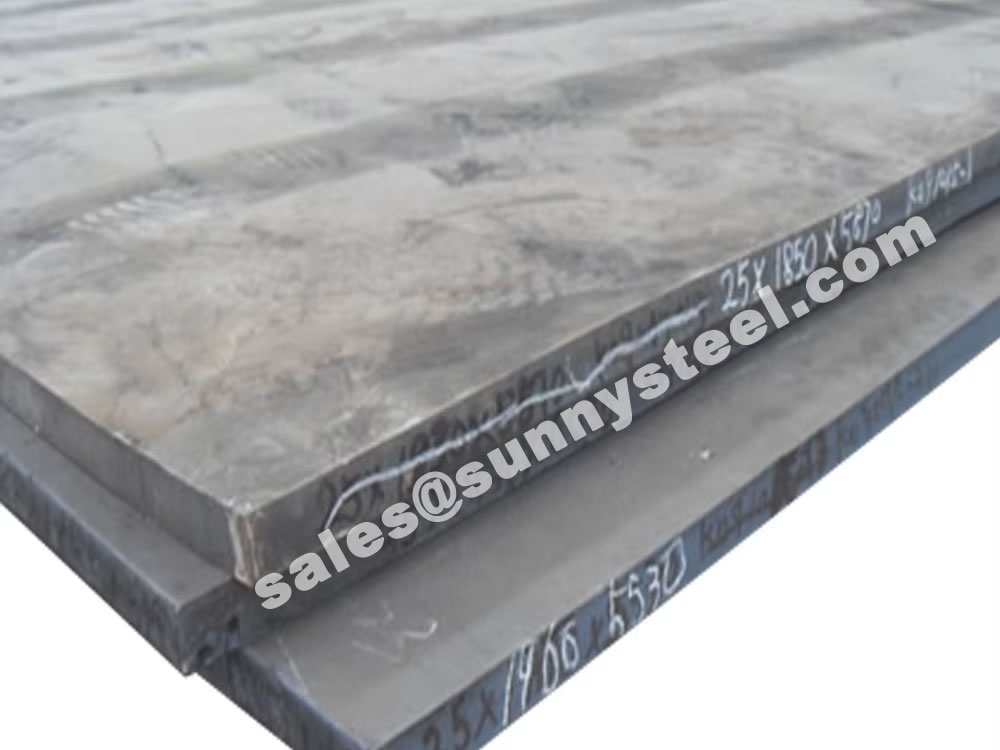
Learn about SS41 steel, its chemical composition, mechanical properties, equivalent materials, and considerations for corrosion resistance.
Download PDFSS41 is a carbon structural steel grade under the Japanese Industrial Standard (JIS) G3101, commonly used in general structural applications due to its adequate mechanical properties.
| Element | Content (%) |
|---|---|
| Carbon (C) | ≤ 0.05 |
| Silicon (Si) | ≤ 0.05 |
| Phosphorus (P) | ≤ 0.05 |
| Sulfur (S) | ≤ 0.05 |
| Property | Value |
|---|---|
| Tensile Strength | 400 - 510 MPa |
| Yield Strength (≤ 16mm thickness) | 245 MPa |
| Yield Strength (16 - 40mm thickness) | 235 MPa |
| Yield Strength (40mm thickness) | 215 MPa |
| Elongation | 21% |
SS41 steel is considered equivalent to several other steel grades, including:
| Steel Grade | Specification |
|---|---|
| ASTM A36 | Standard specification for carbon structural steel in the United States. |
| S235JR | Non-alloy structural steel grade specified in the European standard EN 10025-2. |
| Q235 | Common carbon structural steel defined in the Chinese GB/T 700 standard. |
SS41 steel has relatively low corrosion resistance and is susceptible to oxidation and rust. Protective measures, such as coatings or galvanization, are often applied to enhance its durability in corrosive environments.
SS41 steel plate is a carbon structural steel with relatively low corrosion resistance. It is susceptible to oxidation, rust, and other forms of corrosion when exposed to wet or corrosive environments.
To improve the corrosion resistance of SS41 steel plate and provide effective protection, the following measures can be implemented:
It should be noted that the selection and implementation of the above protective measures should be based on the specific application requirements, environmental conditions and relevant standards and specifications. For critical areas or applications requiring higher corrosion resistance, it may be necessary to consider replacing SS41 steel with a material with better corrosion resistance.
Steel plate SS41 is a low carbon steel with a tensile strength of 400-510 MPa and a yield strength of 245 MPa. While this type of steel plate has been widely used in various industries, it has several drawbacks that should be taken into consideration.
Overall, while steel plate SS41 may have certain advantages, it is important to carefully consider its drawbacks and explore alternative materials for more sustainable and safe solutions.

When you partner with Sunny Steel, you can stop worrying about meeting deadlines thanks to our responsive and timely service. You'll also say goodbye to unnecessary shopping around. Instead, you'll get white glove service from an expert who understands your needs and can get you the materials you need quickly.
